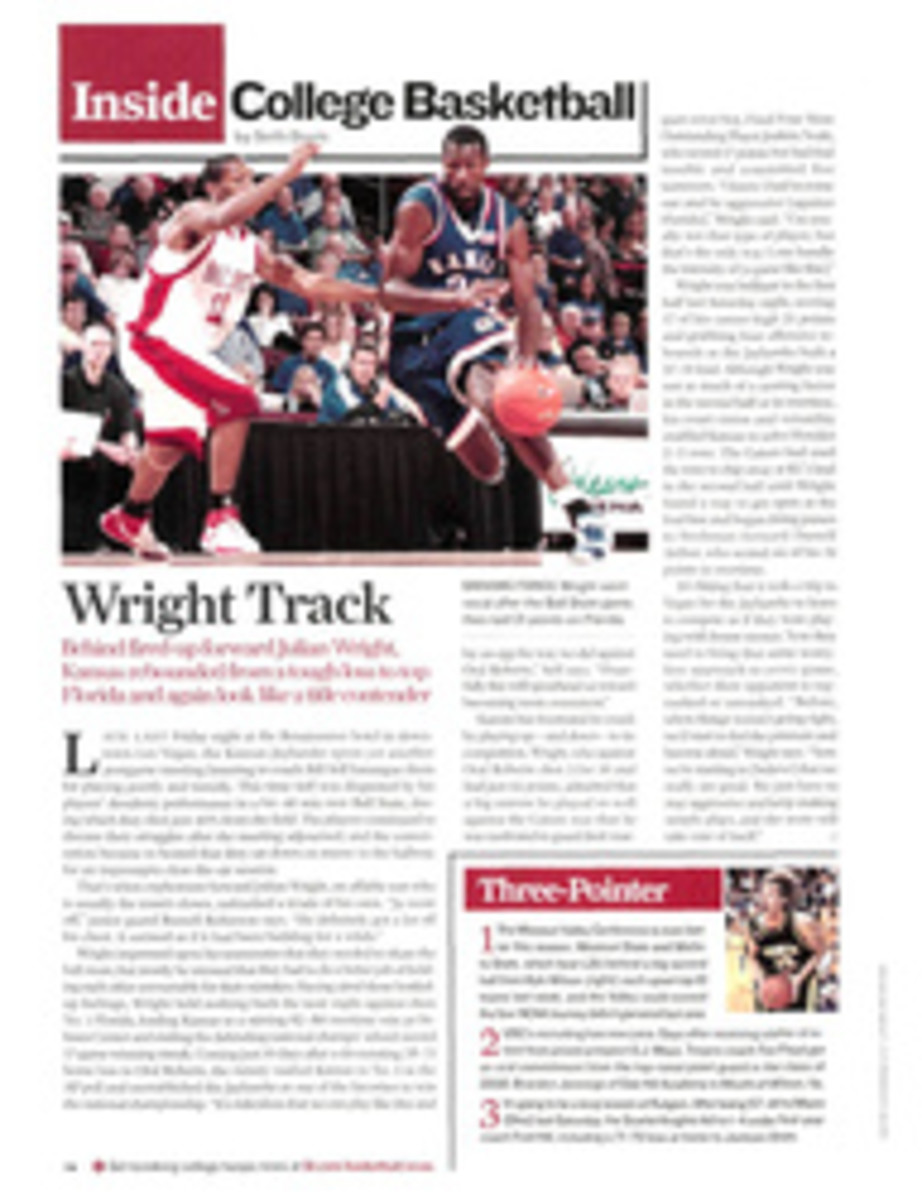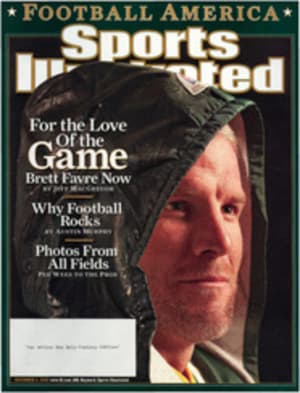
Sizing Up a Legend
PELÉ
Gloria Books, $3,000.00
IF SOME sports figures are larger than life, then it makes sense that the books documenting their careers should also be outsized. Two years ago the German publisher Taschen released the massive GOAT (Greatest of All Time), a 792-page, 75-pound tribute to Muhammad Ali that listed for $4,000. Now another transcendent star has gotten heavyweight treatment. British publisher Gloria Books has produced Pelé, a limited-edition 720-page, 35-pound volume that sells for $3,000. This 20-by-14-inch luxury item is hardly light reading.
But it is a joy. In exquisite detail the 300,000-word text and 1,700 photographs track the rise of the world's most recognizable, and quite possibly most beloved, athlete: from growing up in poverty in Tres Coracoes and his arrival as a teenage phenom to his three World Cup championships and his emergence as a global icon. It's a compelling story, especially as it's recounted here—through contemporary newspaper and magazine clippings; analyses of Pelé's World Cup matches; essays from noted Brazilian and international soccer writers; interviews with teammates, coaches, opponents and other figures from Pelé's life; and commentary from the man himself (some of it excerpted from his 1977 autobiography, Pelé, some new to this volume). What comes through in these pages is a sense of wonderment, and if the language occasionally lapses into hyperbole—"Pelé is a song of love and death," writes poet Paulo Mendes Campos—well, who's to blame? "Those of us lucky enough to see him play," writes Uruguayan essayist Eduardo Galeano, "received offerings of rare beauty, moments so worthy of immortality that we can believe immortality exists."
And when words no longer serve, the pictures take over. Practically every page presents a new treasure, and the large-format presentation allows the reader to study each one in depth. Take an arresting action shot from a 1973 exhibition game in London between Fulham and Santos, Pelé's team. Encircled by four defenders, the Brazilian has just taken a shot; he and the ball hover in midair as the Fulham pluggers look on, transfixed and helpless. He's playing a different game.
Another moment: After a 1965 match at Rio's fabled Maracana stadium between Brazil and the Soviet Union, Robert F. Kennedy has come into the locker room to meet Pelé, who has emerged from the shower naked except for a towel around his waist, his upper body still covered in lather, as the two shake hands. Here is a superstar perfectly at ease with himself. Since entering the public eye Pelé has greeted the camera, and by extension the world, with an ever-present smile.
The 1970 World Cup final, between Italy and Brazil, would be Pelé's crowning athletic achievement. A picture from that game is so remarkable that it's reproduced twice in this book. It's a ground-level shot taken before kickoff, the two squads lined up next to each other, the stands of Mexico City's massive Azteca stadium towering behind them. The players stand rigid, staring straight ahead, seemingly consumed by the momentousness of the event. All of them, that is, except Pelé. He's casually glancing down and to his left—directly at the camera. You half-expect him to wink.
North Carolina's Wizard of Id
THE MAN WATCHING
by Tim Crothers
Sports Media Group, $26.95
This week the North Carolina women's soccer team will try to win its 19th national title in 26 years. Yet while the physical hallmarks of coach Anson Dorrance's program will be apparent at the tournament, it takes Tim Crothers's fascinating new biography, The Man Watching, to understand the coach who created a new kind of women's sports culture.
Crothers, a former SI senior writer, spent four years interviewing more than 120 sources, including Dorrance, who granted Crothers complete access. The result is an unvarnished portrait of a women's team that revels in its liberated sports id. Dorrance is a mesmerizing orator, and Crothers reveals the stark emotional power that Dorrance wields over his teams. That intimacy is both a key to Dorrance's success and the source of his darkest hour. He talks in detail for the first time of the sexual harassment lawsuit brought against him in 1998 by former player Debbie Keller. (The case was settled in 2004, with UNC paying Keller $70,000. Dorrance apologized for jesting about players' sexual activities, while Keller admitted that Dorrance had never made a pass at her.) Still, the most powerful words in The Man Watching may come from Dorrance's players, whose e-mails and letters to the coach reveal a fiercely loyal bond. They helped me with a decades-old question: If I had a daughter, would I want her to play for Dorrance? After reading The Man Watching, the answer is yes.
PHOTO
SVEN SIMON/ICON SMI (PELÉ)
VICTORY LAP Brazil's defeat of Italy in the 1970 World Cup final only elevated Pelé's status.
TWO PHOTOS
ERICK W. RASCO

